According to a recent report by PropEquity, average housing prices in India’s top 10 cities have surged by 88% over the past five years, with Gurugram experiencing the highest increase at 160%. The average price per square foot in Gurugram rose from ₹7,500 in 2019 to ₹19,500 in 2024. In contrast, Mumbai recorded the lowest increase at 37%, with prices rising from ₹25,820 to ₹35,500 per square foot.
The report highlights that a total of 15,000 projects, including apartments, floors, and villas, were launched in these cities, which include Bengaluru, Chennai, Hyderabad, Kolkata, Thane, Navi Mumbai, Pune, and Noida. Following Gurugram, Noida saw a price increase of 146%, while Bengaluru and Hyderabad experienced rises of 98% and 81%, respectively.
Significant Property Price Increases in India's Top 10 Cities (2019-2024)
- Gurugram: Prices increased from ₹7,500 per sq ft in 2019 to ₹19,500 per sq ft in 2024, marking a 160% rise.
- Noida: Prices jumped from ₹6,500 per sq ft in 2019 to ₹16,000 per sq ft in 2024, reflecting a 146% increase.
- Bengaluru: Prices rose from ₹6,000 per sq ft in 2019 to ₹11,900 per sq ft in 2024, a 98% increase.
- Hyderabad: Prices went up from ₹6,400 per sq ft in 2019 to ₹11,600 per sq ft in 2024, showing an 81% rise.
- Chennai: Prices climbed from ₹5,300 per sq ft in 2019 to ₹9,500 per sq ft in 2024, resulting in an 80% increase.
- Pune: Prices surged from ₹5,500 per sq ft in 2019 to ₹9,500 per sq ft in 2024, a 73% increase.
- Navi Mumbai: Prices increased from ₹7,200 per sq ft in 2019 to ₹12,200 per sq ft in 2024, reflecting a 69% rise.
- Kolkata: Prices rose from ₹5,200 per sq ft in 2019 to ₹8,700 per sq ft in 2024, indicating a 68% increase.
- Thane: Prices jumped from ₹7,600 per sq ft in 2019 to ₹12,600 per sq ft in 2024, a 66% rise.
- Mumbai: Prices rose from ₹25,820 per sq ft in 2019 to ₹35,500 per sq ft in 2024, maintaining its status as the most expensive market despite a lower percentage increase.
Why the demand?
Infrastructure development has played a crucial role in this increase. Enhanced transportation networks, including highways and metro rail projects, have improved accessibility to urban areas. For instance, the expansion of the Delhi Metro has made commuting easier for residents in Gurugram and surrounding regions. Additionally, the rapid urbanization of cities, as more people migrate for better job opportunities, has led to heightened demand for housing in well-connected locations.
Economic growth has further fueled this demand. Rising income levels, particularly among professionals and entrepreneurs, have increased disposable income, enabling more individuals to invest in larger and more luxurious homes. The growth of industries and service sectors in cities like Gurugram has attracted a skilled workforce, further boosting the need for residential properties.
A significant shift in consumer preferences has also influenced housing demand. There is a growing aspiration among buyers for luxury and super-luxury homes, especially among high-net-worth individuals (HNWIs) and ultra-high-net-worth individuals (UHNIs). The COVID-19 pandemic has shifted perspectives on homeownership, with many prioritizing owning homes over renting, contributing to increased demand.
Real estate is increasingly seen as a viable investment opportunity. With rising stock markets, many investors are looking to diversify their portfolios by investing in real estate, driving up demand. Additionally, non-resident Indians (NRIs) are showing a growing interest in Indian real estate due to favorable currency exchange rates and the desire to secure assets in their home country.
Government initiatives, such as affordable housing schemes like the Pradhan Mantri Awas Yojana (PMAY), have also impacted demand. While these schemes primarily target lower-income groups, they have indirectly increased overall housing demand. Tax incentives for homebuyers, such as deductions on home loan interest, have further encouraged individuals to invest in residential properties.
Market Challenges
Despite the robust demand for housing, certain challenges have emerged. Delays in project launches due to seasonal factors have disrupted supply, though demand for premium housing remains steady. A notable drop in new launches, with numbers falling below one lakh units in some quarters, has also created a supply-demand imbalance, contributing to price increases.
Outlook for the Future
The upward trend in housing prices is likely to continue as urban centers expand and demand for high-quality housing grows. Mid-segment and luxury homes will remain in demand as buyers seek larger living spaces and upgraded amenities. As the real estate market evolves, both developers and buyers will need to adapt to the changing dynamics and capitalize on emerging opportunities in India's thriving housing sector.
Image source- freepik.com

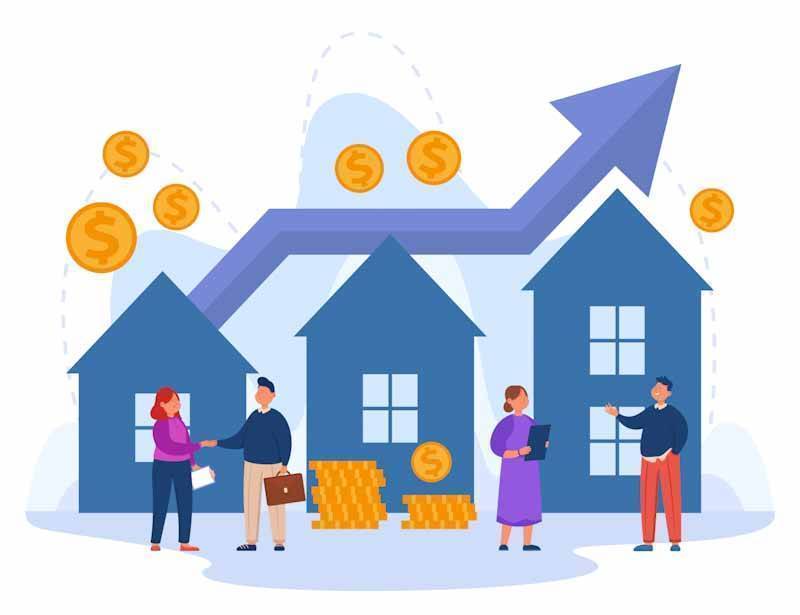
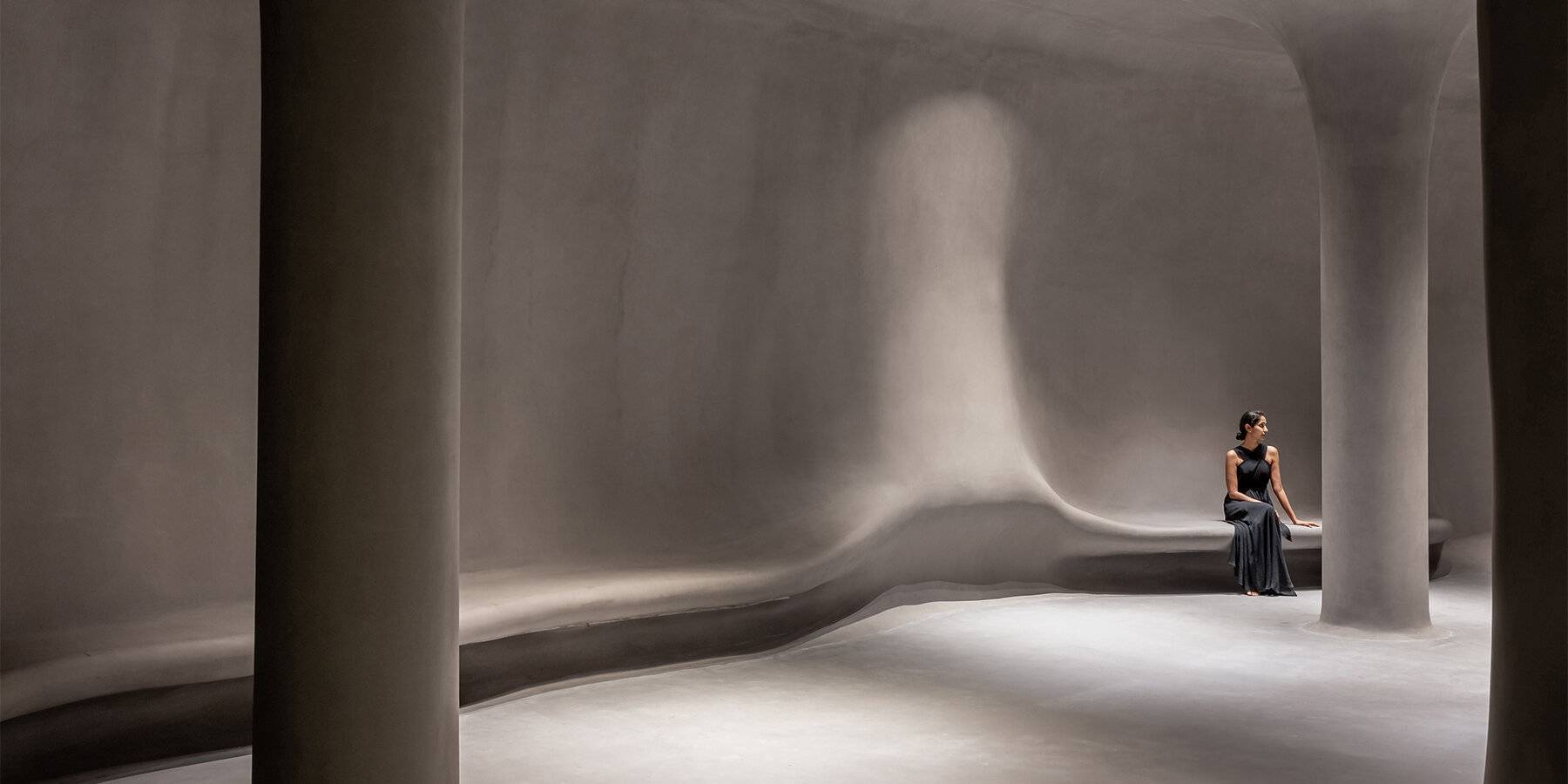
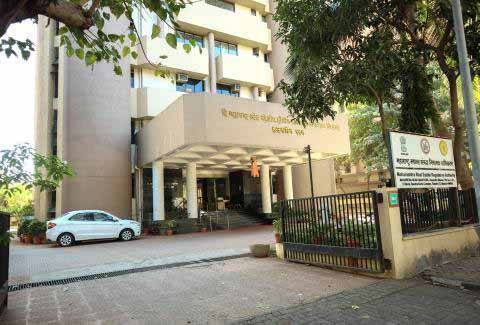


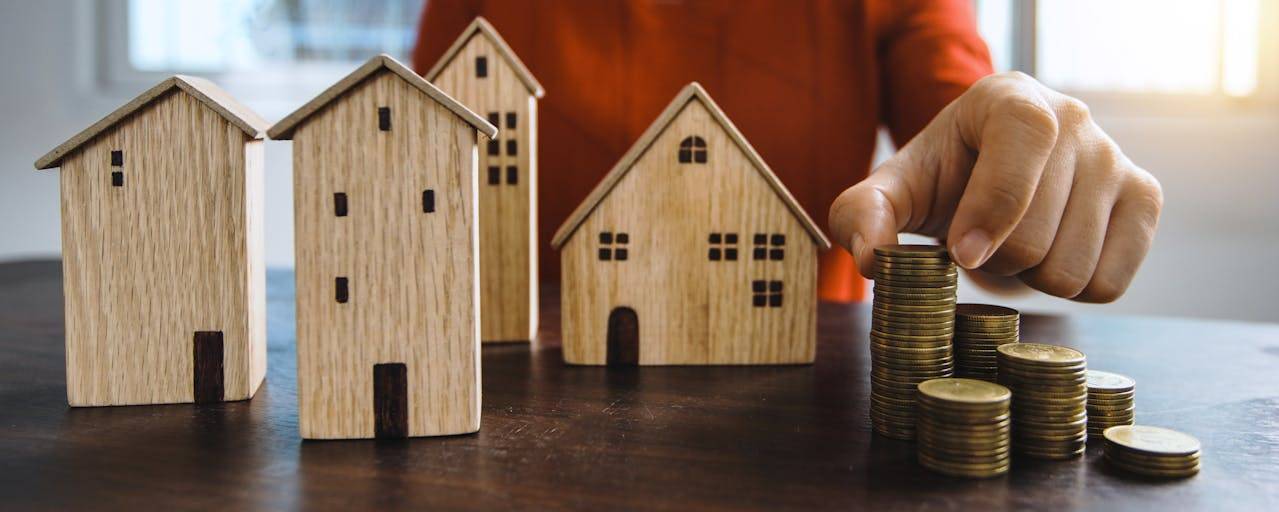
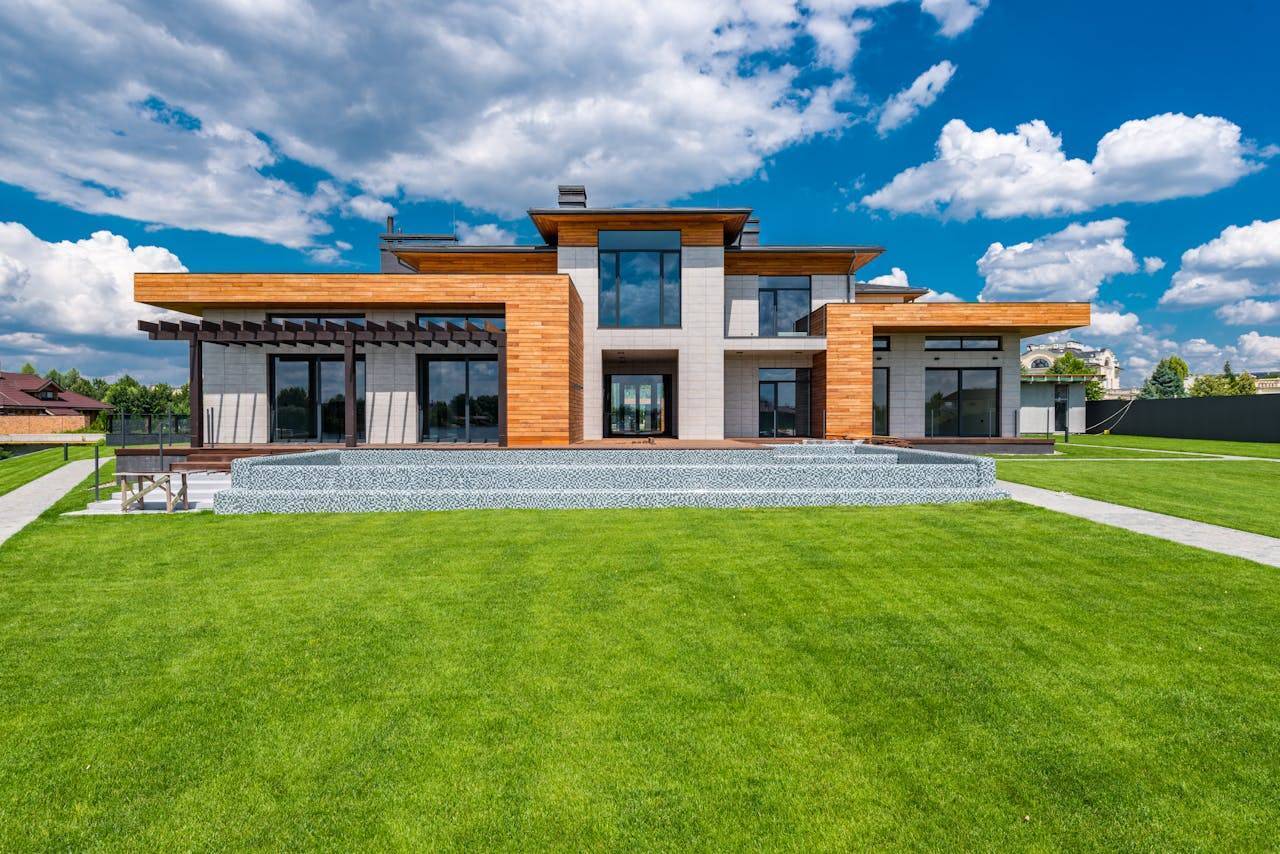
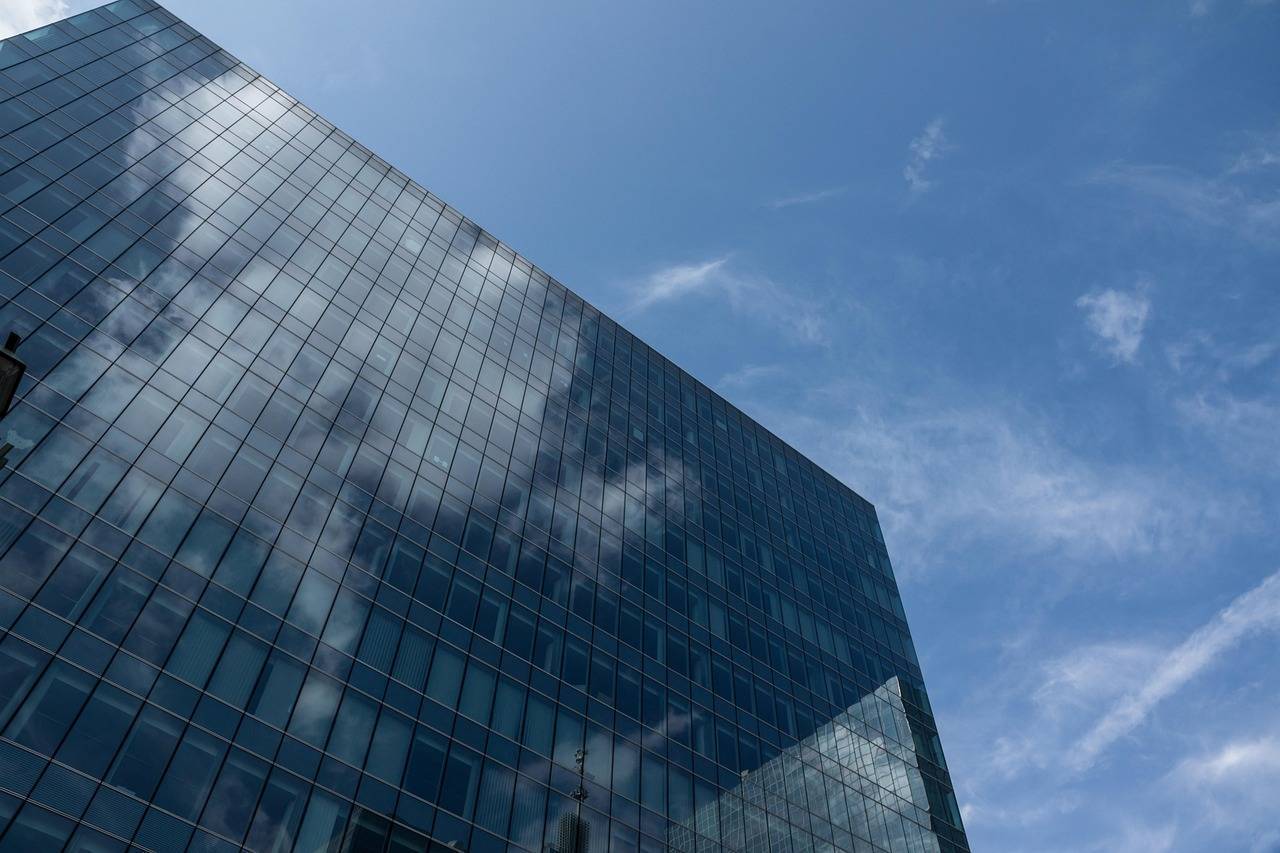
.png)